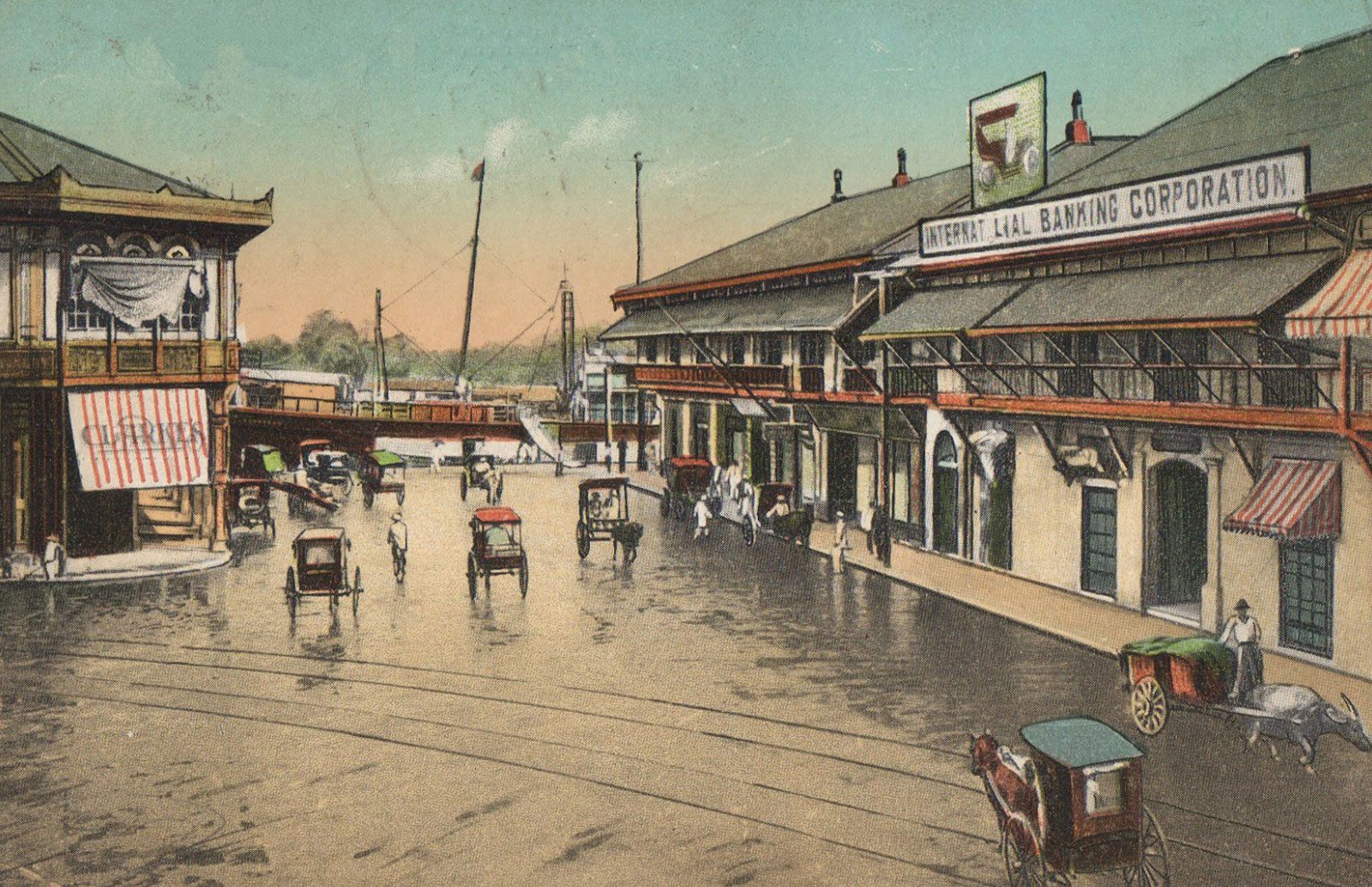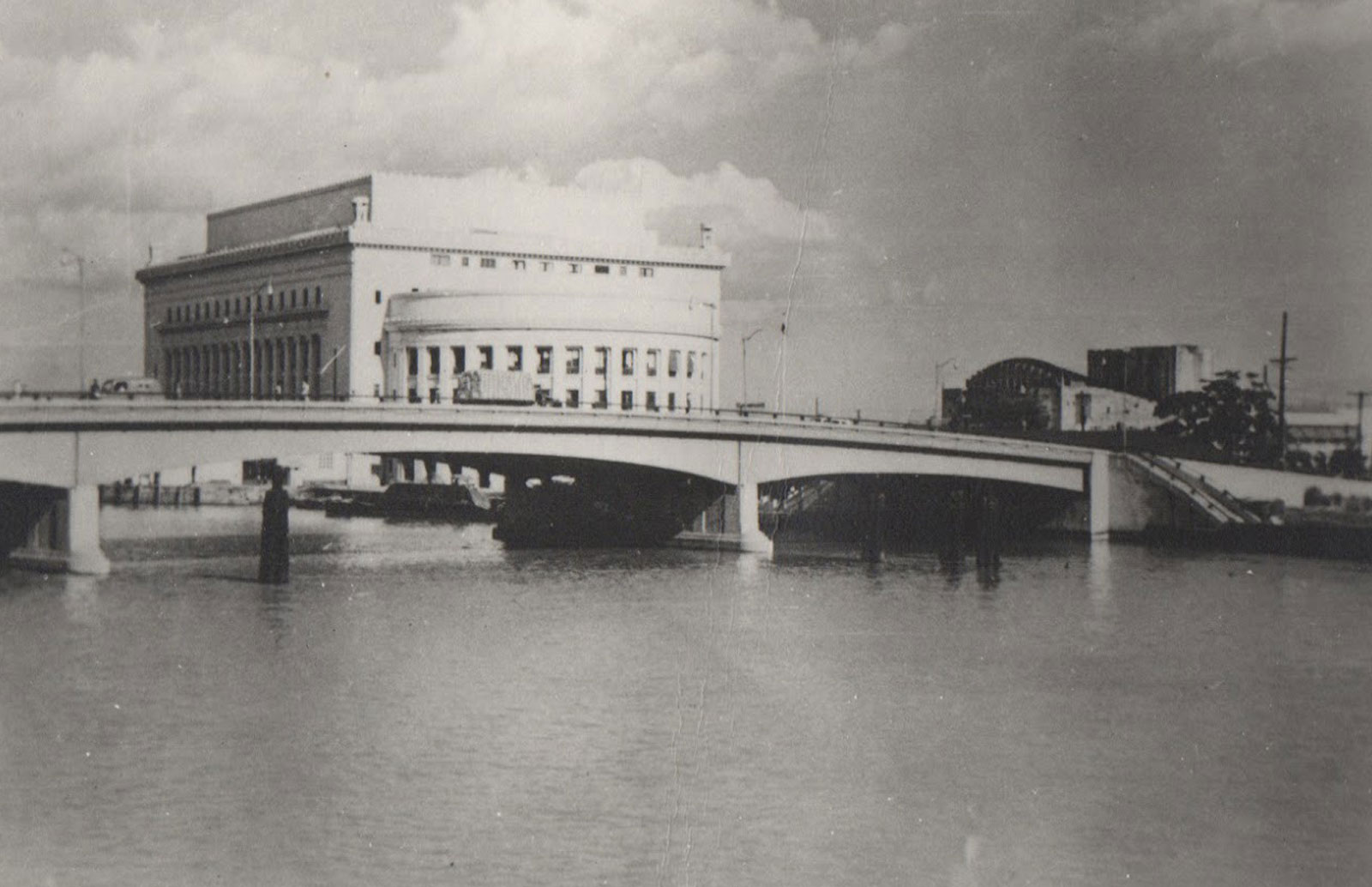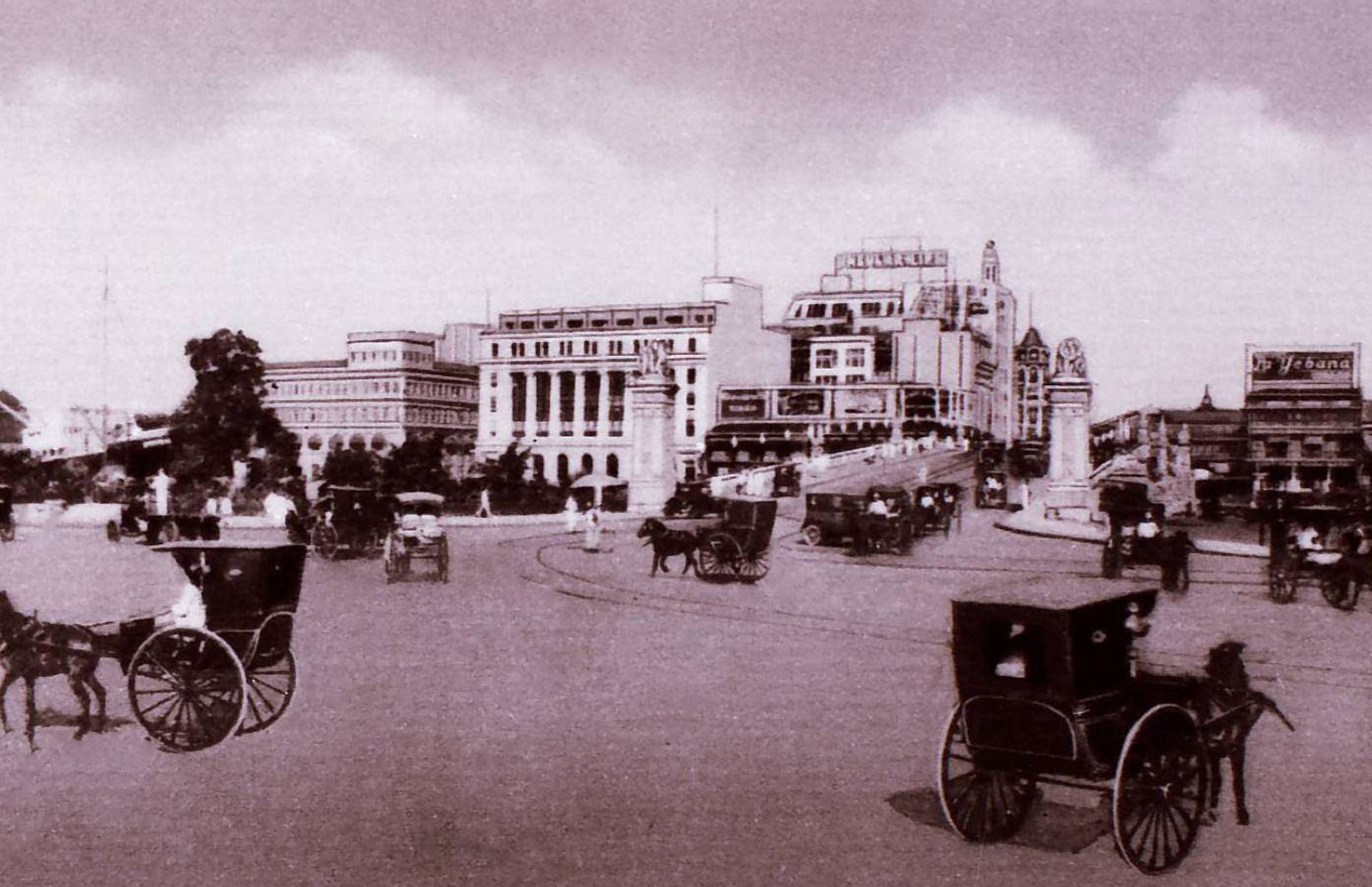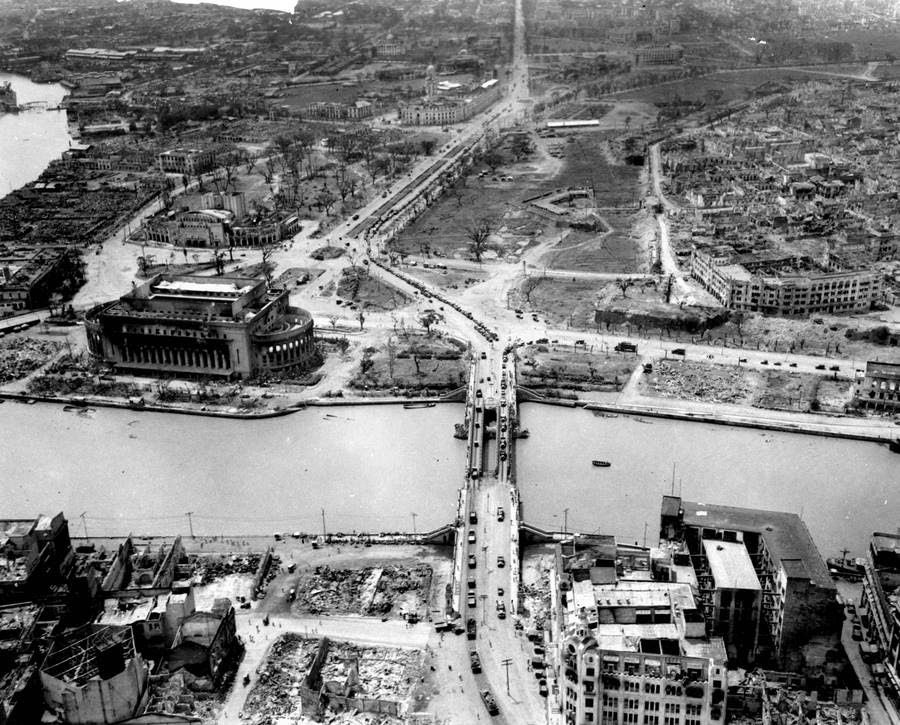Jones Bridge
It was built as a replacement for the Puente de Espana (Bridge of Spain), an old bridge damaged by floods in 1914, that connected Binondo and central Manila. The bridges were established as faster alternatives to the river ferry.
The Jones Bridge was designed by Juan M. Arellano, who received the commission in 1916. He designed a Neoclassical reinforced concrete structure with three arches resting on two piers. Construction began in 1919 and finished in 1920. The bridge was opened to traffic at 1921.
Jones Bridge was named after William Atkinson Jones, who authored the Philippine Autonomy Act (PAA) of 1916. The act assured eventual Philippine independence from the Americans.
The original designed for the bridge was rather plain. However since the bridge was a tribute for Congressman Jones, Arellano felt an elaborately embellished bridge laden with meaning was best hence details such as the elaborately embellished candelabras and statuary.
The La Madre statues are allegorical sculptures that
reference the four values espoused by the PAA of 1916.
The first La Madre is holding a torch on one hand a bouquet of flowers on another. The statues symbolize the Filipino’s aspirations for democratic self-rule which they can achieve through education. This La Madre was destroyed during the Battle of Manila.
The second La Madre Filipina is a mother comforting a crying man on one side while embracing a child on the other. This statue is a message for the younger generation to be grateful for the sacrifices of those before them. The statue was formerly displayed in Rizal Park before it was moved back to the bridge.
The third La Madre Filipina, located on the Binondo side, depicted a woman holding a torch and looking at the child. The statues symbolize the necessity of education and sacrifice in improving the lives of children. The statue is located at the Court of Appeals.
The fourth La Madre Filipina is depicted sitting with two equally tall children genuflecting at her sides. The symmetry of the statue represents equality under the law. This statue is also located at the Court of Appeals.

Jones Bridge is located across Calle Rosario (now Quintin Paredes Street).

Jones Bridge was named after William Atkinson Jones, who authored the Philippine Autonomy Act (PAA) of 1916. The act assured eventual Philippine independence from the Americans.

The La Madre statues are allegorical sculptures that reference the four values espoused by the PAA of 1916. You can see two of the statues from this photo.
WW2 Onwards
Jones Bridge, along with most bridges along the Pasig River, was bombed during the Battle of Manila in February 1945. After the war, the bridge was rebuilt in haste without its original Neoclassical decorative features. There have been partial restoration efforts over the years, but the first attempt to renovate it near its original design came in 2019.

Jones Bridge, along with most bridges along the Pasig River, was bombed during the Battle of Manila in February 1945. After the war, the bridge was rebuilt in haste without its original Neoclassical decorative features. There have been partial restoration efforts over the years, but the first attempt to renovate it near its original design came in 2019.



